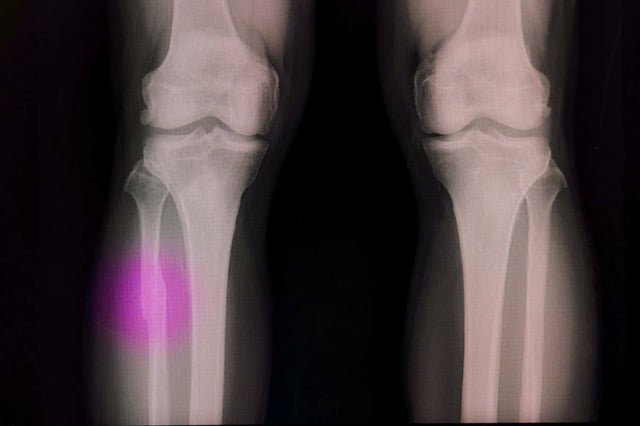Overview
- Researchers from Sungkyunkwan University report the in situ printing approach in the journal Device, describing a compact tool that deposits grafts directly onto irregular defects.
- The filament combines hydroxyapatite with polycaprolactone that softens at about 60°C, enabling conformal application to jagged bone surfaces while limiting thermal injury.
- By tuning the hydroxyapatite-to-polycaprolactone ratio, surgeons can tailor graft hardness and strength to different anatomical requirements.
- Vancomycin and gentamicin loaded into the scaffold inhibited E. coli and Staphylococcus aureus in vitro, with sustained local drug release over several weeks.
- The manually controlled printer allows real‑time adjustment of direction, angle, and depth and can complete deposition in minutes, with the team now pursuing optimization, large‑animal studies, validated sterilization and manufacturing, and regulatory work before human trials.


